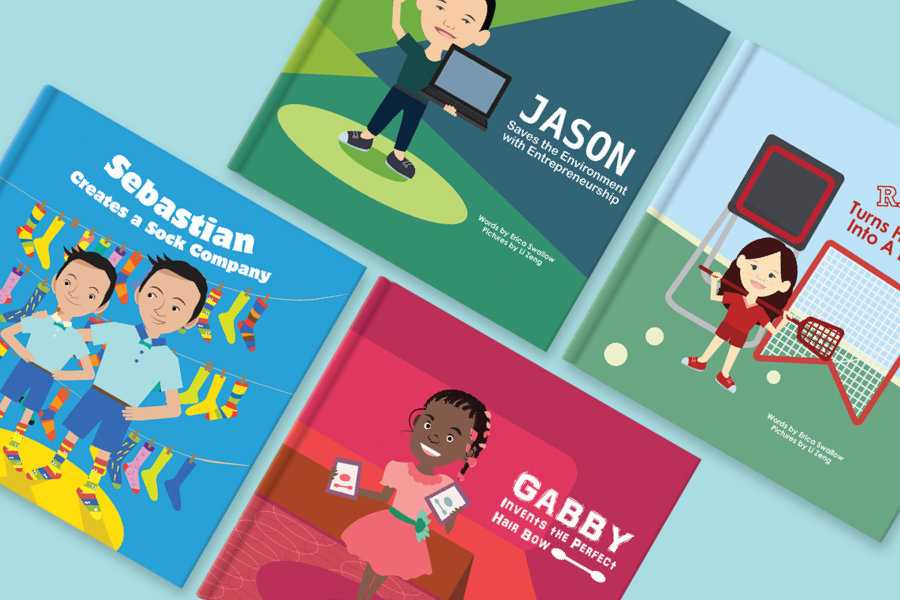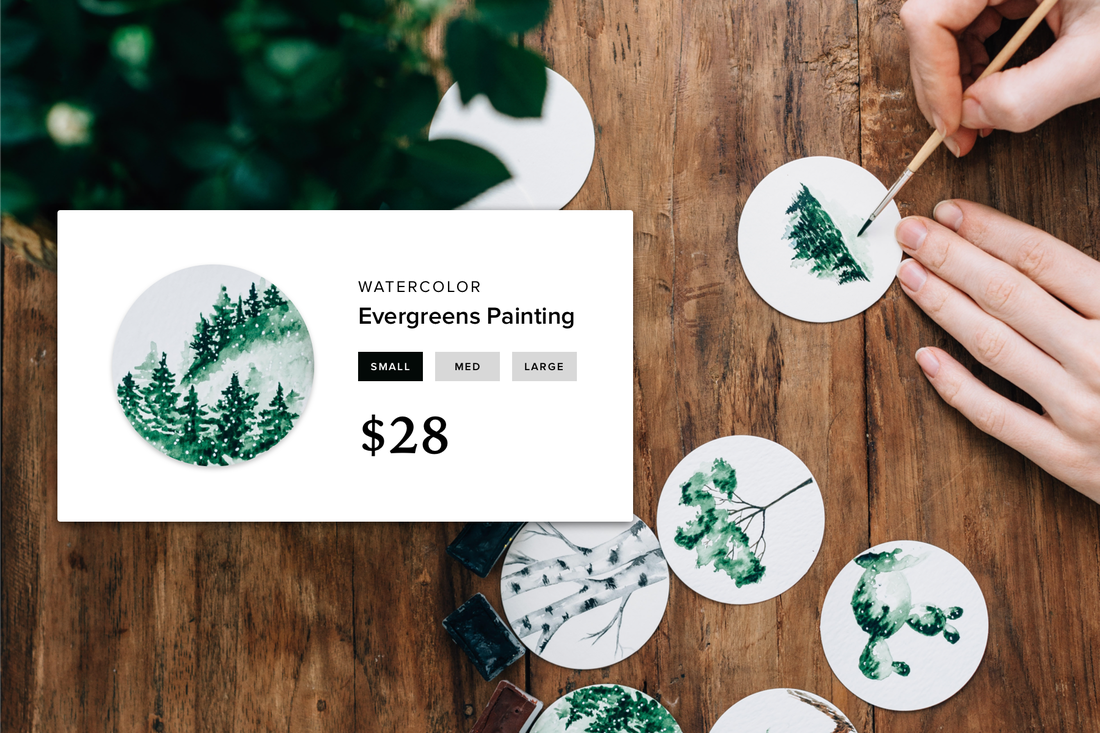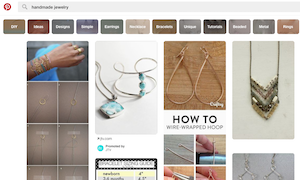Whether it's to sell a product, attract subscribers or promote a cause, your website serves a purpose. A landing page is where you describe what that purpose is and why it should matter to those who visit your site.
Think of it as a beachhead. Your website has a home page, a product page or perhaps an "About" page that describes who you are and what you do. A landing page is a page on your website that you publicize widely in the hopes that new visitors to your site will "land" there.
If you're running an email or advertising campaign. Having a highly customized destination for those who click on a link can lead to better conversions and more business.
"A landing page is designed to translate a visitor's attention from something -- search results, a social link, an ad, whatever -- into behavior," says Sonia Simone, speaking at Copyblogger's annual Authority Rainmaker event. "The question is: what kind of behavior are you looking for?"
Your answer may influence the design of your landing page. According to Simone, truly effective landing pages share a few traits. She outlined six best landing page design practices in her presentation.
1. Tell your visitors where they are.
If that sounds simple, that's because it is. Simone says you have to make it clear what visitors can expect from your website. "The colder the traffic -- visits from search or an ad, for example -- the more important this is," Simone says.
2. Explain the problem you solve.
Visitors clicked to your site for a reason. Now they're at your landing page, which means it's time to deliver on the promise implied before the click: a breakthrough product, a screaming deal on a hard-to-find retail item or perhaps a crucial piece of educational material. Whatever it is, your landing page design should help satisfy your visitor's need.
3. Write a must-click headline.
A good headline has "terrifying" power, Simone says. She's right. A bad headline gets ignored even more often than a good one gets clicks. BuzzFeed has a built a business around irresistible headlines. "A headline lets people know that they're in the right place," Simone says.
4. Make an irresistible offer.
Once you've hooked visitors with your headline, it's time to offer something of value—something that they'll want to purchase, sign up for or otherwise commit to. Be crystal clear and deliver on expectations. "Talk about what your audience wants," Simone says. "People do not buy what they need. They buy what they want." (Although the very best offers give your visitors not only what they want but also what they need, Simone says.)
5. Have a clear call to action.
Don't presume that your audience knows how to take the next step. Tell them explicitly what you want them to do. "Be clear. Be stupidly clear. Be insanely clear and concrete about what your visitor should do next to move forward in the process," Simone says.
6. Reverse the risk.
Your call to action won't work if it feels like too big of a leap. How do you overcome that? Give your would-be buyer, subscriber or member an "out" such as a money-back guarantee. Also, make your landing page design look professional. "Making people feel safe is huge," Simone says. "So, make your site look real. Make it look like you're a real business, like you have your stuff under control and that you're not taking their money and going to the Grand Caymans."
Effective landing page design assuages fears and tells visitors what they need and how to get it. Your visitors expect nothing less, after all.
If you're running an email or advertising campaign. Having a highly customized destination for those who click on a link can lead to better conversions and more business.
"A landing page is designed to translate a visitor's attention from something -- search results, a social link, an ad, whatever -- into behavior," says Sonia Simone, speaking at Copyblogger's annual Authority Rainmaker event. "The question is: what kind of behavior are you looking for?"
Your answer may influence the design of your landing page. According to Simone, truly effective landing pages share a few traits. She outlined six best landing page design practices in her presentation.
1. Tell your visitors where they are.
If that sounds simple, that's because it is. Simone says you have to make it clear what visitors can expect from your website. "The colder the traffic -- visits from search or an ad, for example -- the more important this is," Simone says.
2. Explain the problem you solve.
Visitors clicked to your site for a reason. Now they're at your landing page, which means it's time to deliver on the promise implied before the click: a breakthrough product, a screaming deal on a hard-to-find retail item or perhaps a crucial piece of educational material. Whatever it is, your landing page design should help satisfy your visitor's need.
3. Write a must-click headline.
A good headline has "terrifying" power, Simone says. She's right. A bad headline gets ignored even more often than a good one gets clicks. BuzzFeed has a built a business around irresistible headlines. "A headline lets people know that they're in the right place," Simone says.
4. Make an irresistible offer.
Once you've hooked visitors with your headline, it's time to offer something of value—something that they'll want to purchase, sign up for or otherwise commit to. Be crystal clear and deliver on expectations. "Talk about what your audience wants," Simone says. "People do not buy what they need. They buy what they want." (Although the very best offers give your visitors not only what they want but also what they need, Simone says.)
5. Have a clear call to action.
Don't presume that your audience knows how to take the next step. Tell them explicitly what you want them to do. "Be clear. Be stupidly clear. Be insanely clear and concrete about what your visitor should do next to move forward in the process," Simone says.
6. Reverse the risk.
Your call to action won't work if it feels like too big of a leap. How do you overcome that? Give your would-be buyer, subscriber or member an "out" such as a money-back guarantee. Also, make your landing page design look professional. "Making people feel safe is huge," Simone says. "So, make your site look real. Make it look like you're a real business, like you have your stuff under control and that you're not taking their money and going to the Grand Caymans."
Effective landing page design assuages fears and tells visitors what they need and how to get it. Your visitors expect nothing less, after all.
 Tim Beyers Tim is a freelance business writer. He writes about the business of innovation, comics and genre entertainment on The Full Bleed.
Tim Beyers Tim is a freelance business writer. He writes about the business of innovation, comics and genre entertainment on The Full Bleed.





